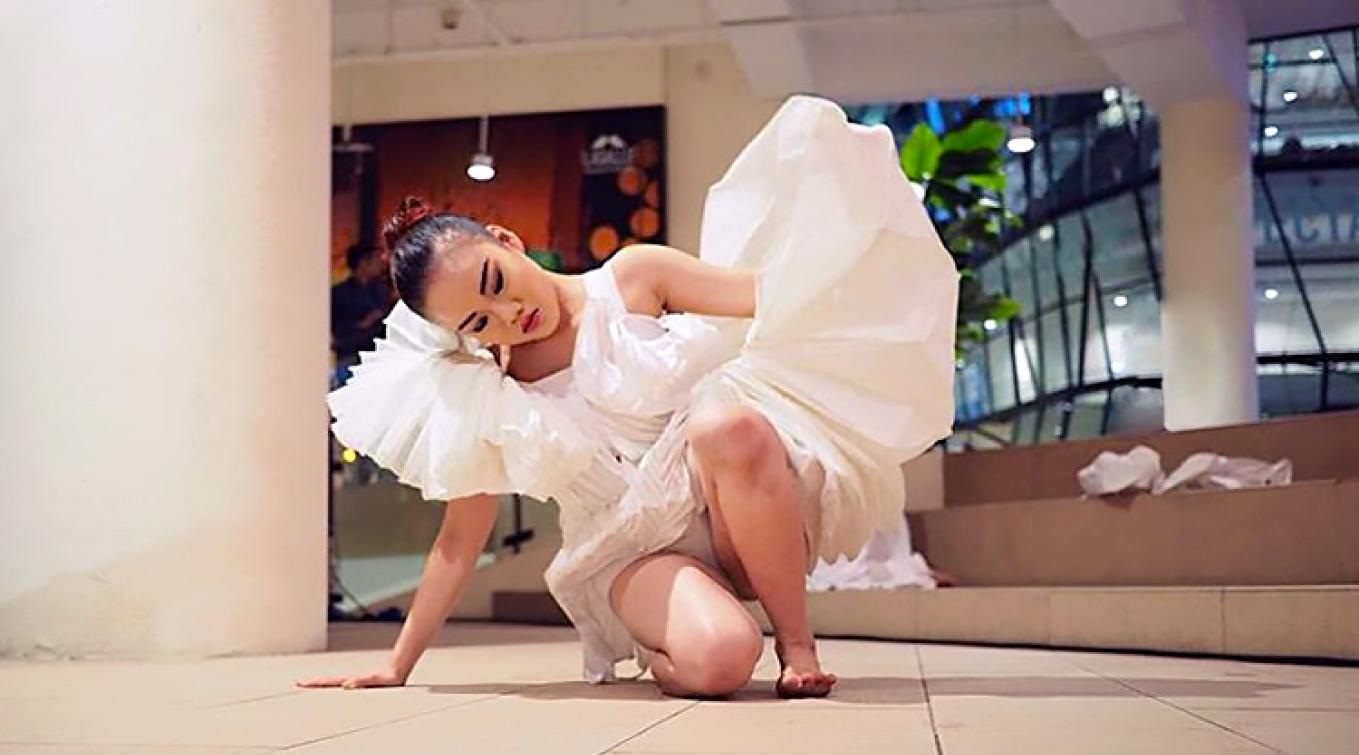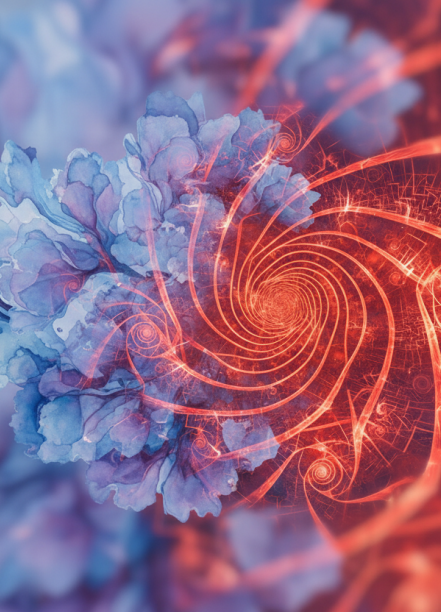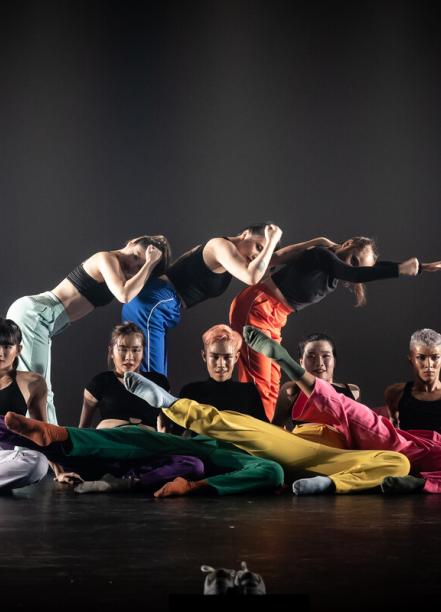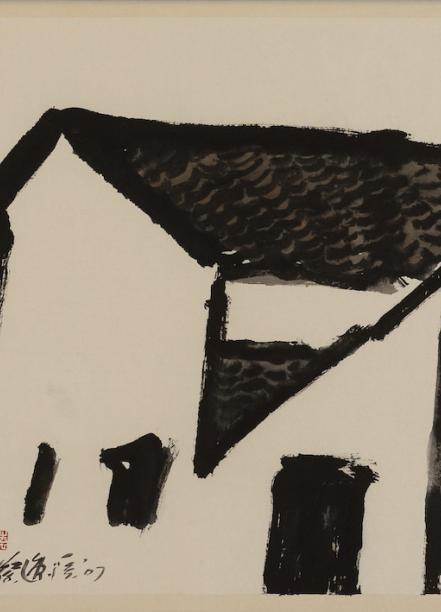Date
31 Oct - 1 Nov 2017
Type
ConferenceTraditionally, concepts such as space, time, balance, proportion, rhythm, design, and composition have meant very different things in different disciplines – architecture, dance, or music. They have also meant different things in the culturally divergent calibrations of the senses. The ancient Indian mode of appreciating visual, literary, and musical works – rasa – referred simultaneously to gustation and to spiritual flavour. During the Song dynasty in China, time was measured with the aid of incense clocks, which lent a distinctly olfactory dimension to temporal perception. To this day, the Aivilik Eskimos view space as a direction in operation. They read words and images from any angle, regardless of their position; all spatial directions are ‘right side up’. Similarly, the African Anlo-Ewes understand the world through a single multimodal sense – seselelame – (literally translated as ‘feel-feel-at-flesh-inside’) which includes kinaesthesia, tactility, the body’s sense of balance, even a person’s character.
Globalisation, whose shortest definition is, perhaps, that it is colonisation by other means (Chakrabarty) is simultaneously a standardising (i.e. reductionist) and an accelerating phenomenon. Among its many noxious effects are the colonisation of the senses (suffice it to take a walk in any global city where the generic smells of Lush or Starbucks function as a shorthand for cultural-imperialist consumerism), and sensorial over-stimulation resulting not in the enrichment of the sensorium but in a trivialisation without bounds. The prefix ‘trans’ – which means ‘across, through, over, to, and beyond’ – does, of course, refer to the passing over of places and things, and could be seen as contributing to acceleration and reductionism. However, it also refers to permanent modification – or hybridisation – of a trans-temporal, trans-cultural, and trans-disciplinary kind.
The aim of this symposium is both archeological and projective. On the one hand, Travels in Trans-Sensoriality seeks to excavate past and/or culturally divergent sensorial knowledges and practices cued by specific art – or life – forms, and their contemporary intermedial transpositions. On the other hand, the symposium seeks to address the more recent actual-virtual, technologically enhanced forms of sensorial knowledge production.
Cover image: Tania Chua, Origami as Movement, 2017




